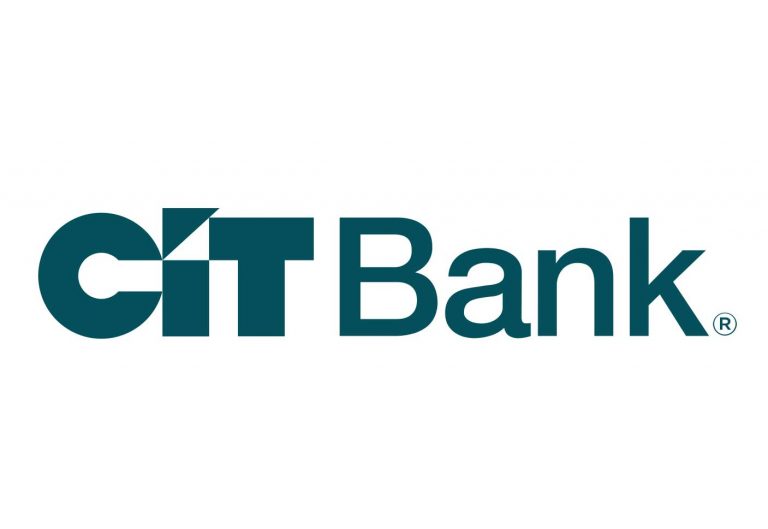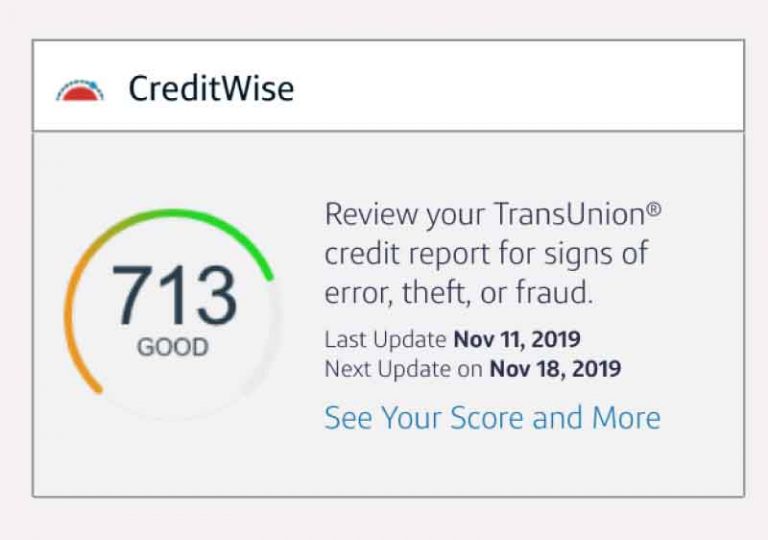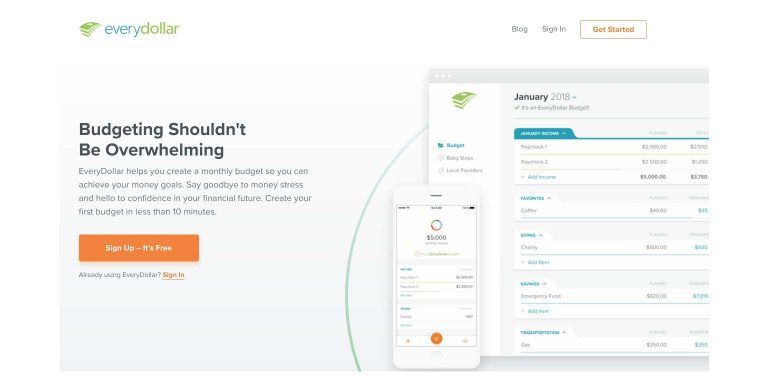Wells Fargo Debt-to-Income (DTI) Guidelines and Recommendations
Wells Fargo is one of the largest lenders in the United States, one of the biggest banking institutions in the world. They offer all sorts of loans ranging from traditional home purchase mortgages to student loans, personal loans, auto loans, and business loans. Wells Fargo knows a thing or two about lending, including what causes people to default on loans, and what makes a person a high risk versus a safer bet.
With all their experience lending, collecting loan payments, and in many cases having to foreclose on houses, repossess cars, and send people to collections, Wells Fargo has some seriously legitimate experience with the metrics surrounding loaning money to people.

That’s why it makes sense to pay attention to what this banking behemoth says about debt-to-income ratios that should be maintained for people trying to stay in good financial shape generally, but also for people looking to purchase a home and applying for a mortgage anytime soon.
Here is what Wells Fargo has to say about guidelines for maintaining your personal debt-to-income ratio at a healthy level. These levels have been derived from years of working with millions of people who fall within the three DTI ratio categorization zones they use to classify financial well-being:
- 35% or less – Good
- 36% to 39% – Needs improvement
- 50% or more – Take action to avoid trouble
Good DTI Ratio: 35% or less
With a 35% or less DTI, most people people are liquid enough to pay their bills and have expendable income that allows them to handle emergencies and other things that commonly come up in life. Keeping your DTI ratio under 35% makes you more likely to save money and be prepared for tackling financial goals and building wealth.
Needs Improvement: 36% to 49%
A DTI ratio that falls between 36% and 49% is not so comfortable. In this range, your bills and other expenses could become a problem for you. If you’re looking to secure financing and have a DTI ratio that falls into this bracket, especially towards the higher side, you’re going to need to provide other evidence to the lender that you’re not too big a risk for a home loan or other financing.
If your DTI ratio is between 36% to 49%, you may not be in immediate financial danger, but it’s well worth setting up a plan for yourself to bring down your debt or increase your income such that you’re back in the 35% or below region.
50% or More: Danger Zone
If you have 50% or higher for a DTI ratio, it’s time to take a look at your financial situation and learn to sacrifice some “wants” to reduce your debt obligations. Most lenders will not approve a home loan or any other kind of financing for people whose DTI ratio is 50% or above unless you have a co-signer or substantial savings that for some reason didn’t factor in to your debt-to-income calculations.
Wells Fargo Online Debt-To-Income Ratio Calculator
To help you get an understanding of where you’re at currently, hopefully with the plan to improve upon where you’re at if you need to, Wells Fargo publishes a handy online tool for calculating your DTI ratio.

The Wells Fargo online tool for calculating debt-to-income allows you to enter the overall amount of your annual pre-tax income, then enter the amount you spend on debt obligations (as one number, or itemized as a list of debt obligations) to come up with a DTI ratio percentage for you.
As you can see in the example shown above, a 32% DTI ratio is considered “Looking Good”. That figure was generated from a hypothetical $160,000 pre-tax income and $4,300 in monthly debt obligations.
Whether you’re looking into applying for a home loan, or you’re just in the mood to get squared away with your financial planning, it’s worth spending the time to look at your DTI ratio and see where you fall, then make whatever adjustments will help you make the progress you want.







